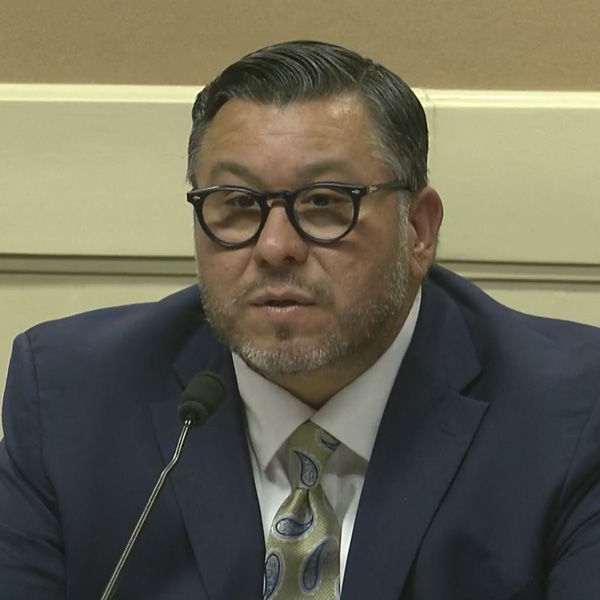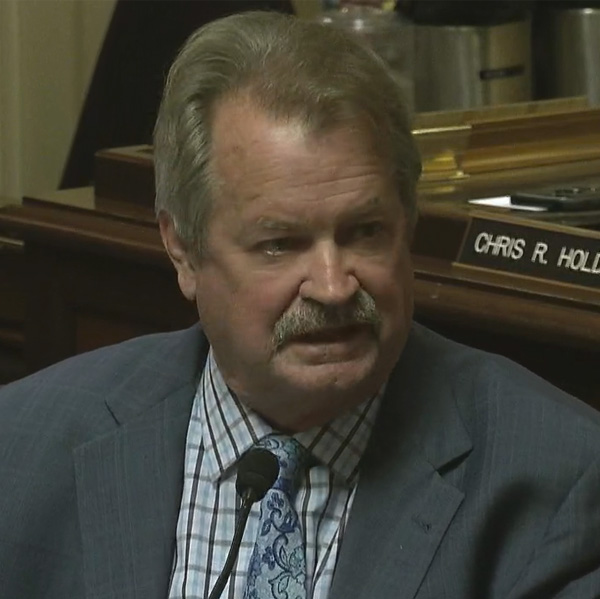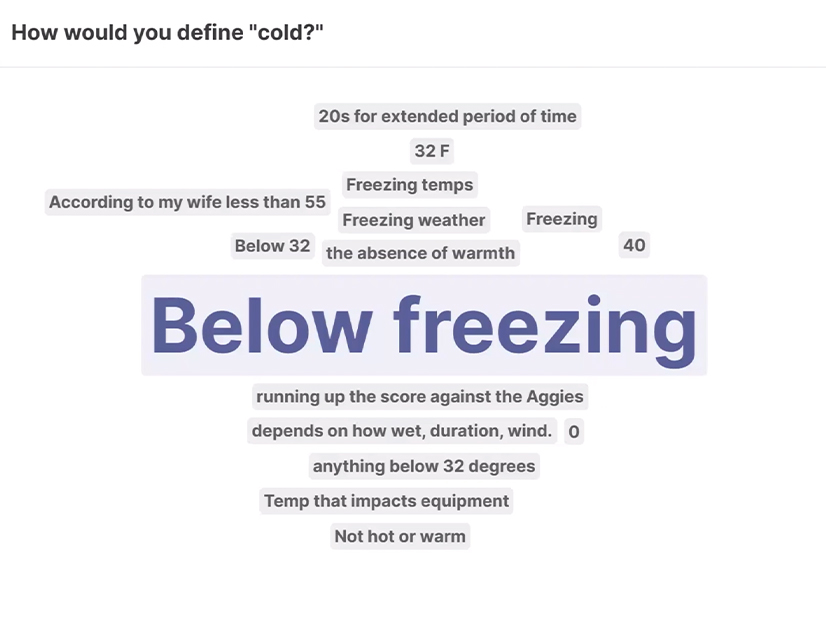California regulators approved a rule that will ban the sale of diesel trucks in the state starting in 2036, requiring all new medium- and heavy-duty trucks sold to be zero-emission.
The regulation, called Advanced Clean Fleets (ACF), also requires truck fleet operators to start transitioning to zero-emission vehicles beginning on Jan. 1, 2024.
The California Air Resources Board (CARB) voted unanimously on Friday to adopt the regulation.
“This is an absolutely transformative rule to clean our air and mitigate climate change,” CARB Chair Liane Randolph said just before the board’s vote.
But Randolph acknowledged there are challenges in the transition to zero-emission trucks. Some board members, while supporting the regulation, expressed doubts that sufficient infrastructure would be available to support the ZEVs.
“Those challenges aren’t going to be tackled unless we move forward,” Randolph said. “No one is going to build infrastructure in the abstract. So, we need to adopt this rule, move forward, get it going, and work through all of these implementation challenges.”
The agency initially had proposed banning the sale of diesel trucks starting in 2040. But during a hearing on the proposed regulation in October, the board asked to move up the ban to 2036. CARB called the 2036 ban on diesel trucks “a first-in-the-world requirement.”
Timeline Questioned
Critics called the timeline unreasonable.
American Trucking Associations CEO Chris Spear said fleet operators are just getting acquainted with zero-emission trucks. He said they are finding that the vehicles are more expensive than internal-combustion vehicles and that charging and refueling infrastructure is “nonexistent.”
“California is setting unrealistic targets and unachievable timelines that will undoubtedly lead to higher prices for the goods and services delivered to the state and fewer options for consumers,” Spear said in a statement following Friday’s vote.
In response to feedback during the October board meeting, CARB staff revised the regulation to give fleet operators more flexibility in complying with ACF. (See CARB Examining Obstacles on Road to ZEV Fleet Adoption.) The changes were released in March for 15 days of public comment.
But many local governments across the state still objected to the regulation.
The Nevada County Board of Supervisors said in a letter to CARB that ACF doesn’t consider local agency budget constraints. The regulation also doesn’t factor in the time needed to build the infrastructure needed to support the ZEVs, the letter said.
“Electrifying service yards to support an electrified fleet is a much greater undertaking than a simple electricity panel upgrade or some quick trenching in the parking lot,” said the letter, signed by Board of Supervisors Chair Ed Scofield.
CARB member Bill Quirk, who was appointed to the board in January, asked agency staff on Friday about the availability of zero-emission drayage trucks with a range of at least 400 miles. That’s an issue that some speakers raised during public testimony on Thursday.
Heather Arias, CARB’s transportation and toxics division chief, said some hydrogen fuel cell trucks with that range are now available. As for fueling, Arias said, there are two hydrogen stations at San Pedro ports and two more are expected near the Port of Oakland. In addition, the California Energy Commission is considering funding several hydrogen fueling stations throughout the Central Valley.
“Within a year, we anticipate that drayage fleets would be able to buy hydrogen fuel-cell trucks with upwards of a 500-mile range and be able to fuel anywhere from the Port of Oakland all the way down to San Pedro and several spots in between,” Arias said.
Quirk, who owns a hydrogen fuel cell vehicle, noted the difficulties of fueling near his home in the Bay Area. He said the CEC “cannot be depended upon to do this.”
“I’m just not optimistic that the infrastructure’s there, and I think we need to put pressure on the Energy Commission to make sure it is there,” said Quirk, a former state Assemblyman. “And not only that the stations are there, but the hydrogen is there. Because again, these stations run out of hydrogen all the time.”
Board member John Balmes said providing infrastructure to support the ZEVs would be “a huge lift.”
“I’m personally skeptical that we can pull it off,” he said.
Other board members focused on the anticipated benefits of ACF.
Board member Diane Takvorian noted that ACF is expected to generate $26 billion in health savings, as cleaner air leads to fewer premature deaths, emergency room visits, hospitalizations and lost workdays.
“It’s resulting in an amazing number of health benefits,” Takvorian said.
ACF is also expected to reduce cumulative GHG emissions in California by 327 million metric tons from 2024 to 2050, making it a key step toward the state’s goal of reaching carbon neutrality by 2045.
Fleets Covered by ACF
The ACF regulations apply to three categories of fleets: drayage fleets; state and local government fleets; and federal and high-priority fleets. Fleets are considered high-priority if they have 50 or more vehicles or more than $50 million in annual revenue.
The requirements are the most stringent for drayage trucks, the heavy-duty vehicles at ports and railyards that transport cargo. The idea was to prioritize air quality improvements in disadvantaged communities near ports and warehouse districts.
All new trucks added to drayage fleets must be zero-emission starting in 2024, and all drayage trucks must be ZEVs by 2035.
And while operators of other types of fleets have the flexibility to add ZEVs or near-ZEVs, such as plug-in hybrid trucks, to comply with ACF through 2035, the near-ZEV option isn’t available for drayage fleets.
For high-priority fleets, all new trucks must be ZEVs or near-zero-emission starting in 2024.
For state and local fleets, half of new trucks must be ZEVs or near-zero-emission from 2024 to 2026, and all must be ZEVs or near-zero-emission beginning in 2027.
Fleet operators may also request more time to comply under a range of circumstances, such as a delay in ZEV infrastructure construction that’s outside their control. An extension of up to five years may be available if the utility needs more time to bring power to the site.
Fleet operators may also be allowed to buy an internal combustion vehicle if they’re looking to replace a specialty truck for which there’s no ZEV equivalent.
And ACF offers an alternative compliance option in which fleet operators can still buy internal combustion trucks but commit to increasing the percentage of ZEVs in their fleets over time. For light-duty package delivery vehicles, for example, half of the fleet would need to be ZEVs by 2031, followed by a full ZEV requirement in 2035. The alternative compliance option isn’t available to drayage fleets.
Advanced Clean Fleets is a complement to the Advanced Clean Trucks regulation that CARB adopted in 2020. That regulation requires manufacturers of medium- and heavy-duty trucks to sell an increasing percentage of zero-emission vehicles starting in 2024.
Even with Advanced Clean Trucks and Advanced Clean Fleets, an estimated 480,000 heavy-duty combustion-powered trucks will still be on California roads in 2037, CARB said last year in its State Implementation Plan submitted to the EPA. The agency expects to start work on an additional zero-emission truck measure to address remaining diesel trucks, with a target of board adoption in 2028.



